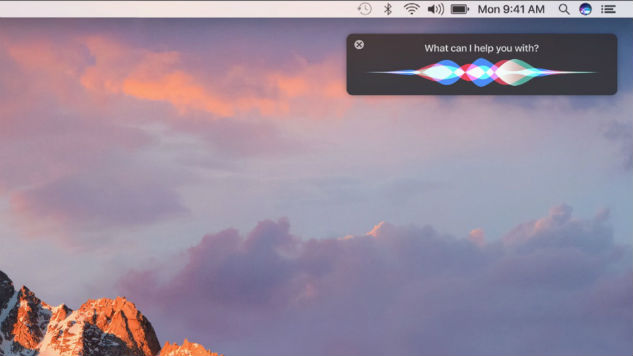Five things you’d never thought a Windows laptop could have, five years ago
Looking back a mere five years into our past, laptops were very different. Laptops manufactured in the early 2000s were bulky, heavy, and tried too hard to be miniature desktop PCs. Memories of horrible battery life, and trackpad accuracy that often ranged from usable to downright erratic, are what remains of a device that has evolved radically, in a very short time span.

There are at least five things that laptop owners wished for a long time, and are now widely available:
Fanless design
The build quality of laptops has improved significantly over the years, as manufacturers have learned from their initial mistakes, especially in regard to heat management and materials. Frequently, older laptops had issues with components failure, due to the fact that the plastic of their cases would warp overtime due to heat generated by the internal components themselves. By heating and cooling rapidly, laptop cases would compress and and release internal components, accelerating their wear and tear, and ultimately causing them to fail at a much faster rate than modern ones.
Modern laptops like the 12 inch MacBook Retina are built with a metal casing that functions as a heatsink, as well as a booster for wireless signal. This allows for numerous improvements in reference to heat management, including CPUs and other internal components that no longer require fans to cool down.
Biometric login
Once a recurrent accessory of science-fiction and action flicks, biometric recognition, from fingerprint readers to 3D facial recognition cameras, is now widely available on a variety of consumer devices, including iPhones, iPads and even Windows 10 laptops, like the Surface Book. The accuracy of consumer-grade biometric security is already rather strong and improving exponentially.
Touchscreen
Touchscreens are far from new, as capacitive technology has existed for decades. With that said, miniaturizing it and making it accurate enough to be usable with a desktop operating system has taken its sweet time. Touchscreens are now readily available on many 2-in-1s hybrid laptops, able to transform into tablets, simply by detaching the display or flipping it under the keyboard base.
SSD
Solid State Drives have been around for a while, but the main issue has always been affordability. SSDs used to add quite a markup on the average laptop, and their capacity was also ridiculously small, compared to the clunky, unreliable, but capable, not to mention dirt-cheap spinning drive. SSDs started with puny 10GB, up to 64GB form factors, however, modern SSDs now feature sizes up to 4TB, rivaling the HDD, with a cost that goes down with yearly cadence. A 1TB Samsung SSD can cost around $300, which may seem like a lot, but considering that a 10GB SSD used to cost just as much five years ago, the falling cost of integrating SSDs has been a major factor in their widespread integration across the modern laptop and 2-in-1.
Voice-controlled virtual assistant
Thanks to Siri and Google, consumers have gotten used to bark commands at their phones all day long. In July of last year, Microsoft has introduced the first desktop operating system featuring its voice-controlled virtual assistant Cortana. Ever since, usage of voice commands on Windows has seen an increase, to a point where Apple saw fit to follow a similar path and introduce Siri in macOS Sierra, which will reach consumers this Fall.
Using voice on a PC has numerous advantages, such as being able to open programs and perform web searches quicker, as well as having access to the same information we can get on a smartphone.